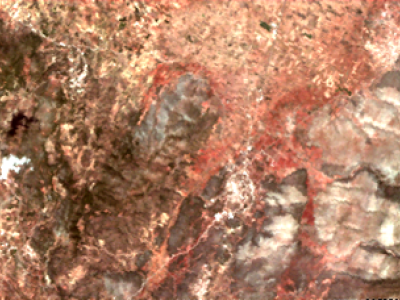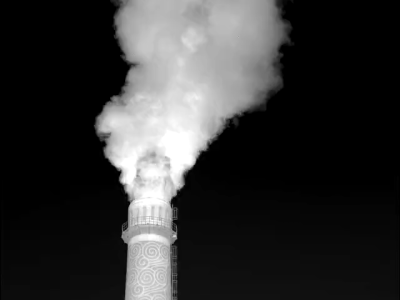
This dataset integrates multi-source geophysical precursor data from seismically active regions, and constructs standardized data containing spatial and temporal parameters and anomalous signal intensities through denoising, normalization, and anomaly correction, aiming to support the detection of seismic precursor anomalies, the study of mechanisms, and the development of early-warning models, and to provide a high-reliability data base for seismic anomaly detection and risk assessment.
- Categories:








